 您的购物车当前为空
您的购物车当前为空
Em 400-430 nm 紫色发射光荧光探针
- ABMDMA9,10-Anthracenediyl-bis(methylene)dimalonic acidT64957307554-62-7ABMDMA (9,10-Anthracenediyl-bis(methylene)dimalonic acid) 是一种化学探针和指示剂,具有光漂白性,可被单线态氧光漂白成相应的过氧化物内酯,可用于测定光诱导的单线态氧生成(SOG)。
- ¥ 125
规格数量 - DEAC, SE7-Diethylaminocoumarin-3-carboxylic acidT64949139346-57-9DEAC, SE 可用于生命科学领域的相关研究。其产品编号为 T64949,CAS号为 139346-57-9。
- ¥ 329
规格数量 - 4-Methylumbelliferyl-β-D-glucuronide hydrateMUG, 4-甲基伞形酮-Β-D-葡糖苷酸二水合物T18887881005-91-04-Methylumbelliferyl-β-D-glucuronide hydrate (MUG) 是一种荧光底物 (λex=362 nm,λem=445 nm)。
- ¥ 108
规格数量 - 2,3-Diaminonaphthalene2,3-二氨基萘T18881771-97-12,3-Diaminonaphthalene 是一种高效的、选择性的比色和荧光试剂,可用于亚硝酸盐的荧光测定,以及硒检测。
- ¥ 99
规格数量 - Benzenepentacarboxylic Acid苯五甲酸, PentacarboxybenzeneT189241585-40-6Benzenepentacarboxylic Acid (Pentacarboxybenzene) 是具有发现和清除HO 自由基作用的荧光染料。
- ¥ 298
规格数量 - Calcein Blue钙黄绿素蓝T1893354375-47-2Calcein Blue 是含有亚氨基二乙酸结构的香豆素衍生物,是不渗透膜的荧光染料,也是金属荧光变色指示剂。
- ¥ 231
规格数量 - N-Phenylnaphthalen-1-amineN-苯基-1-萘胺T8841290-30-2N-Phenylnaphthalen-1-amine可用作疏水性的荧光探针,用于检测表面活性剂的临界胶束浓度,有机锂和有机镁试剂浓度,以及细胞中膜脂质的相变。是一种用于气味结合蛋白 (OBP) 的荧光探针,具备 1.67 μM 的解离常数,激发波长为 337 nM,发射波长为 407 nM。
- ¥ 99
规格数量 - Lucifer Yellow CH dilithium salt萤光黄二锂盐T1579067769-47-5Lucifer Yellow CH dilithium salt 是一种荧光染料,可常用于选择性染色和研究光动力破坏真核细胞和亚细胞结构。
- ¥ 370
规格数量 - AMCA-X, SE [3-(7-amino-4-methyl-2-oxo-2H-chromen-3-yl)propanoic acid, succinimidyl ester]AMCA-X 琥珀酰亚胺酯TD0072216309-02-3AMCA-X, N-succinimidyl ester is an amine-reactive, UV-excitable, blue fluroscent dye.
- ¥ 3487
规格数量 - Z-Arg-Arg-4MβNA triacetateT75367100900-19-4Z-Arg-Arg-4MβNA triacetate 为特异性针对组织蛋白酶 B(cathepsin B)的底物,其降解后可释放荧光产物4MβNA(λex= 355 nm, λem= 430 nm)。
- 待询
规格数量 - 4-Methylumbelliferyl β-cellotriosideT8331384325-18-84-Methylumbelliferyl β-cellotrioside为β-糖苷酶特异性显色底物,属于纤维素类荧光探针,应用于相关酶活性检测。
- ¥ 15600
规格数量 - (±)-ANAP hydrochlorideT835892308035-47-2(±)-ANAP hydrochloride 是 prodan 类似物的非天然氨基酸荧光探针,具有提高环境敏感性的特性。
- ¥ 15000
规格数量 - 7-Dimethylaminocoumarin-4-acetic acidT6495080883-54-17-Dimethylaminocoumarin-4-acetic acid 是一种有用的有机化合物,可用于生命科学领域的相关研究。其产品编号为 T64950,CAS号为 80883-54-1。
- ¥ 264
规格数量 - Ac-DNLD-AMCT36341958001-92-8Ac-DNLD-AMC is a fluorogenic caspase-3 substrate. Upon enzymatic cleavage by caspase-3, 7-amino-4-methylcoumarin (AMC) is released and its fluorescence can be used to quantify caspase-3 activity. AMC displays excitation/emission maxima of 340-360 and 440-460 nm, respectively.
- ¥ 913
规格数量 - 7-Methoxycoumarin-4-acetic acidMCA, 7-甲氧基香豆素-4-乙酸, 2-(7-Methoxy-2-oxo-2H-chromen-4-yl)acetic acidT6495162935-72-27-Methoxycoumarin-4-acetic acid(MCA)是一种Coumarin衍生荧光染料,可用于标记多肽。MCA可用于高效液相色谱荧光检测法定量血小板激活因子 (PAF,Ex/Em=330/390 nm。
- ¥ 210
规格数量 - Coumarin 314T6690855804-66-5Coumarin 314 是一种有用的有机化合物,可用于生命科学领域的相关研究。其产品编号为 T66908,CAS号为 55804-66-5。
- ¥ 139
规格数量 - 6,7-Diethoxy-4-methylcoumarinT85499314744-06-46,7-Diethoxy-4-methylcoumarin, a fluorogenic substrate and a metabolite of Cordyceps militaris [1].
- ¥ 10600
规格数量 - C-LaurdanC-Laurdan, C LaurdanT86066959839-06-6C-Laurdan, a fluorescent probe for imaging lipid rafts with environmentally sensitive fluorescence, exhibits strong photostability under two-photon excitation and is suitable for single and two-photon fluorescence imaging to detect lipid membrane properties such as membrane lateral organization and various membrane-associated processes [1].
- 待询
规格数量 - Calcein Blue AMT36325168482-84-6Calcein Blue AM 是一种可以透过细胞膜的活细胞标记染料。 进入细胞后,细胞内的酯酶切割乙酰氧基甲基 (AM) 的酯基,产生无法透过细胞膜的 Calcein Blue 荧光染料。
- ¥ 3290
规格数量 - N-Succinimidyl 7-hydroxycoumarin-3-carboxylate7-羟基-3-羧基香豆素琥珀酰亚胺酯, 7-Hydroxycoumarin-3-carboxylic acid, succinimidyl esterTD0074134471-24-27-Hydroxycoumarin-3-carboxylic acid, SE is the amine-reactive succinimidyl ester of 7-Hydroxycoumarin-3-carboxylic acid. This coumarin is also increasingly used to label peptides, nucleotides and carbohydrates.
- ¥ 887
规格数量










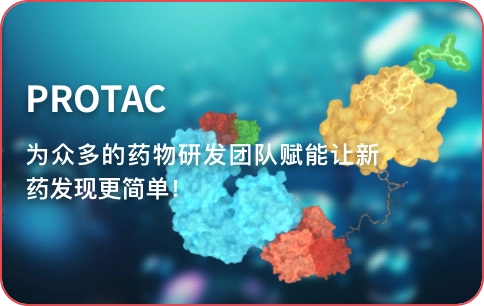
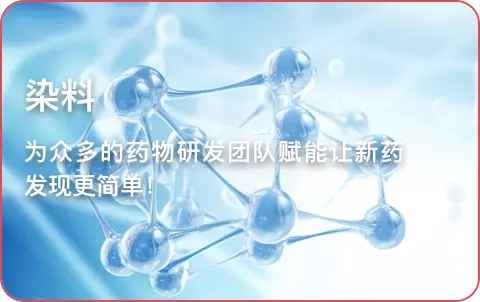





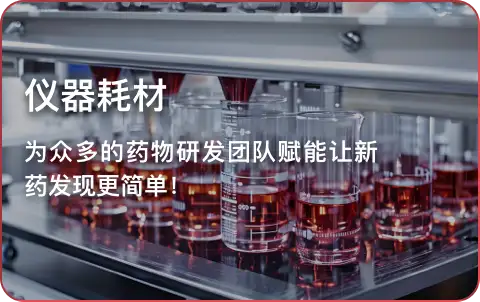
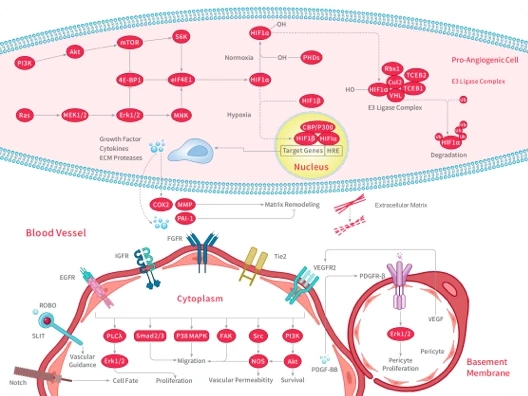
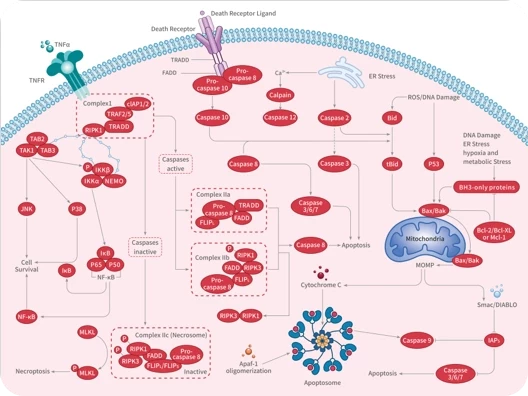
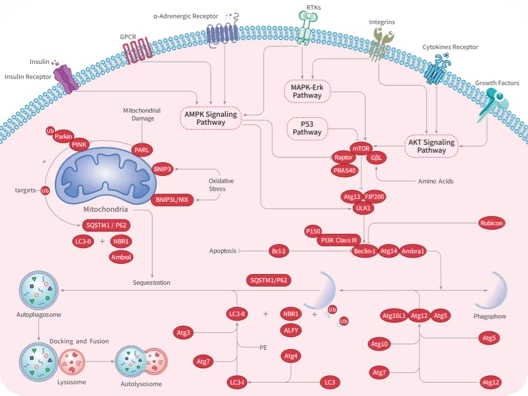

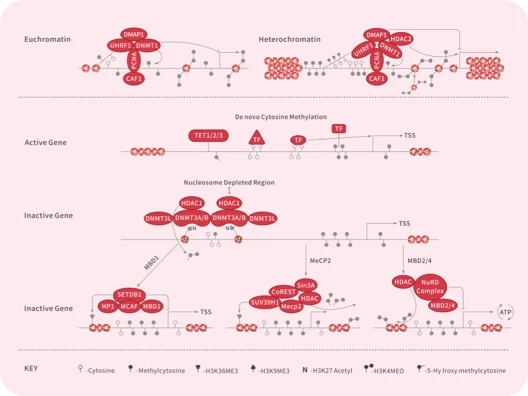
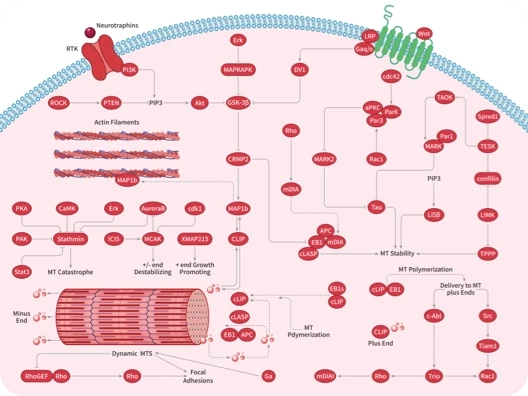
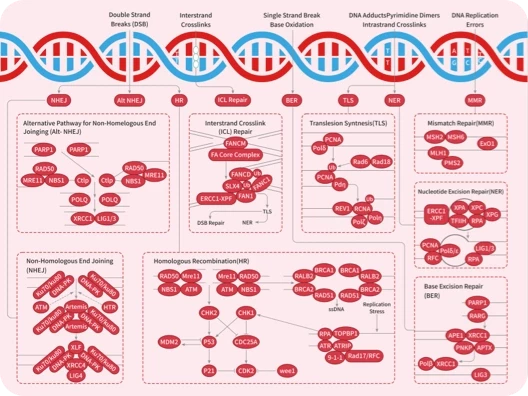
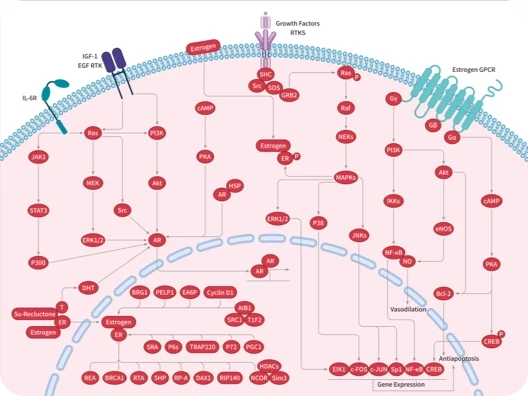
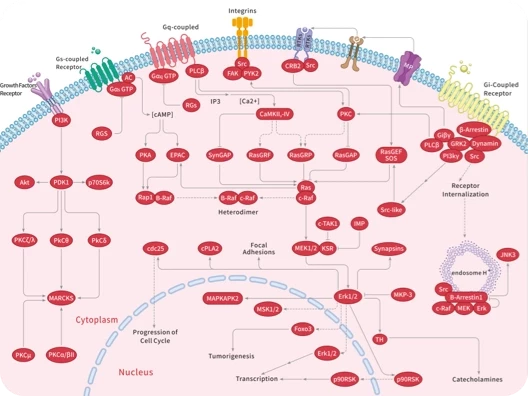
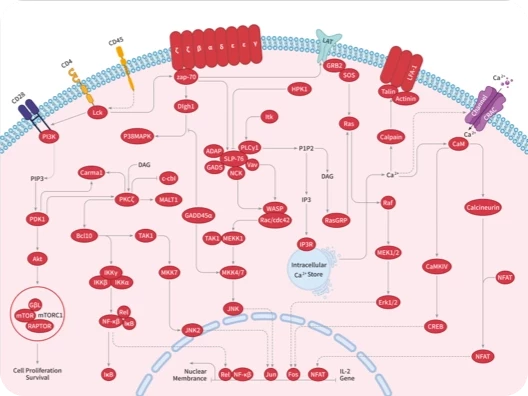
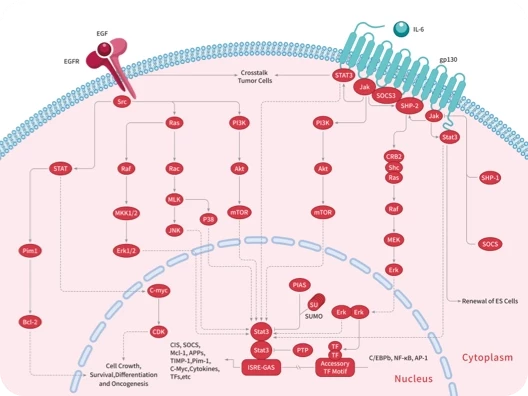
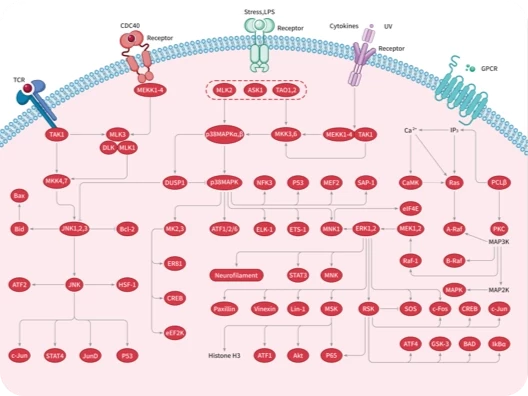
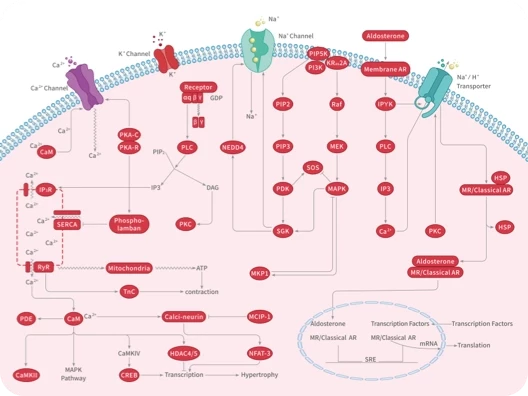
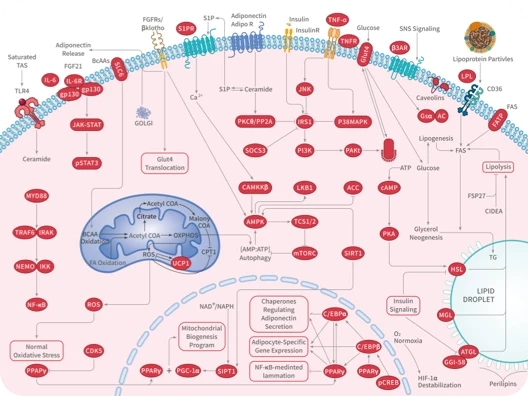
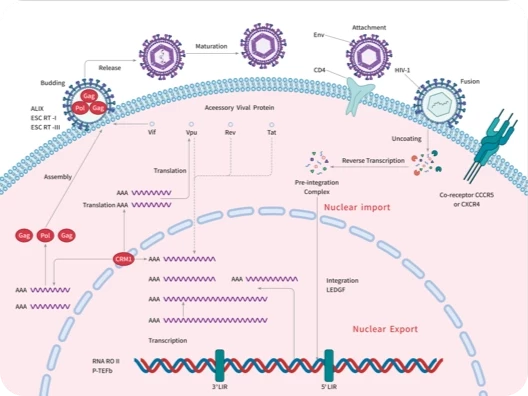

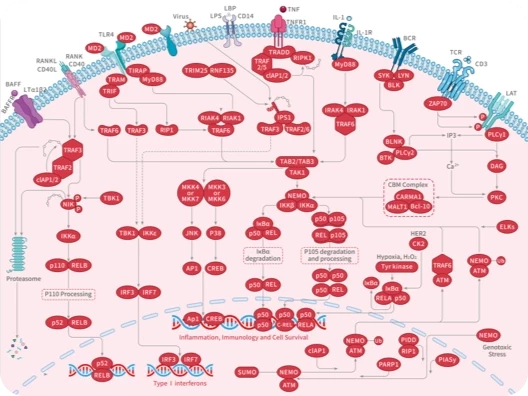
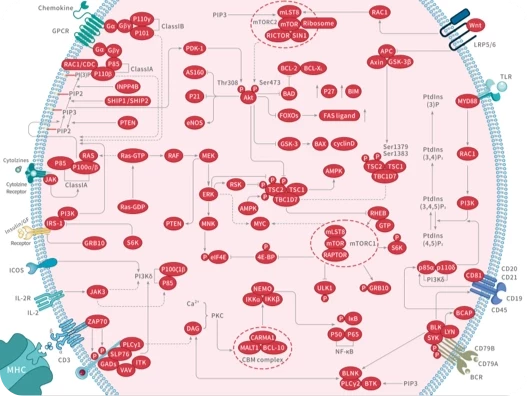
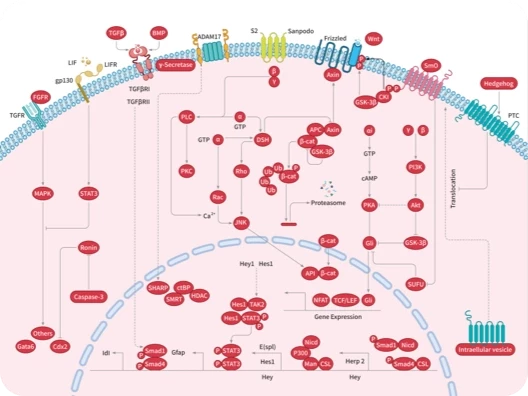
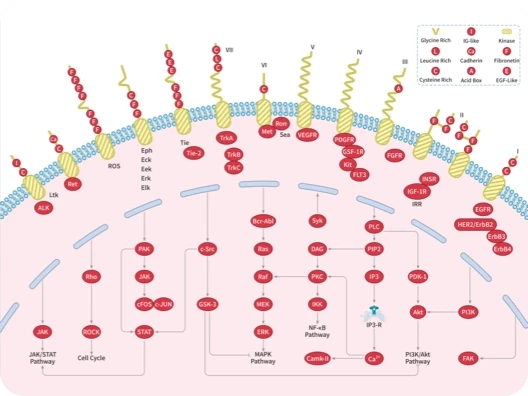
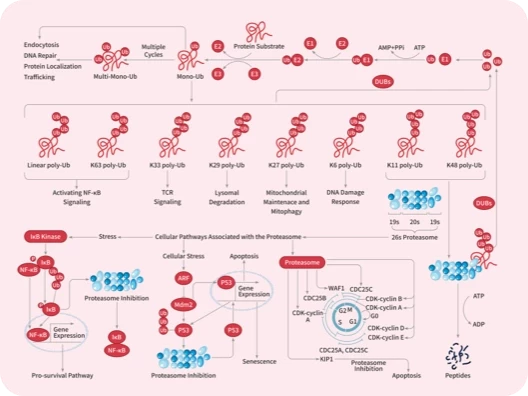

 |
|